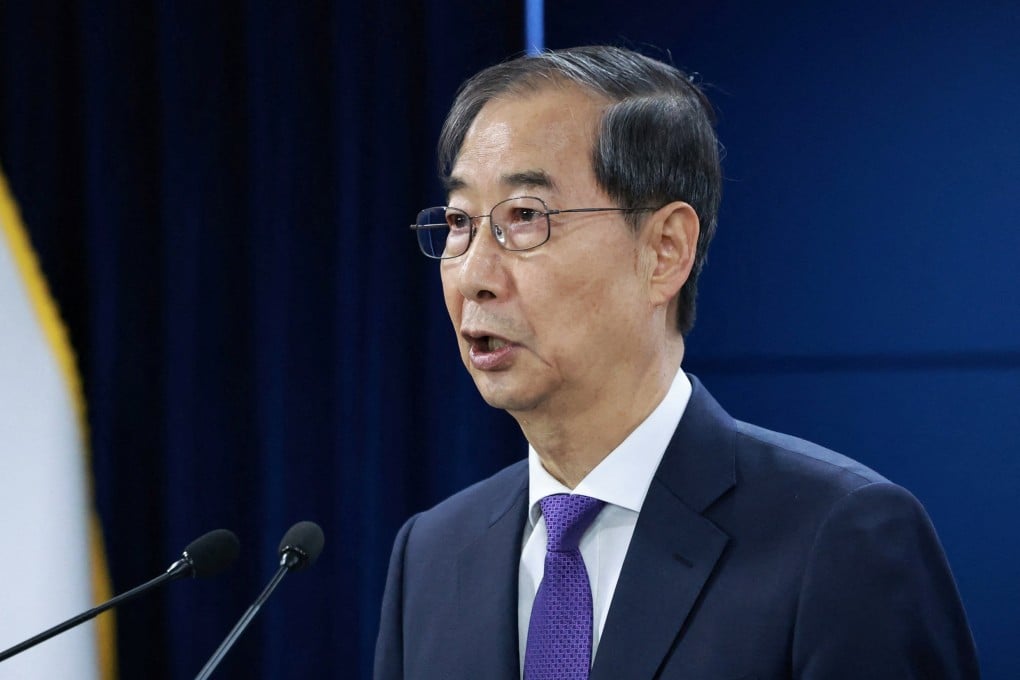A growing chorus of policymakers representing right and left has correctly diagnosed the country’s deepest self-inflicted wound: We don’t build enough. The so-called “ abundance agenda ” urges us to cut red tape, streamline permits, overhaul zoning codes and remove government-made bottlenecks that limit affordably creating more of the things we need, such as homes, energy infrastructure, healthcare services, innovation and opportunity. It’s a compelling vision with a critical blind spot: tax policy.
If the United States is serious about abundance — not just as a slogan, but as a strategy — we need to pair regulatory reform with fiscal reform. A country will not build significantly more if the tax code punishes those who try. The logic is simple.

Even if a housing development survives the permitting maze, the developer may walk away if the after-tax return doesn’t justify the risk. A clean-energy entrepreneur with regulatory green lights and a breakthrough idea will still struggle for investors if taxes threaten to soak up the rewards. Permission to create and produce is not enough; we need capital to flow to new ideas and profits to reward their execution.
Today’s tax code and multitrillion-dollar federal budget deficit work against the abundance agenda. We tax investment returns at every stage — once at the corporate level, again on dividends and capital gains and still again at death. Inflation quietly raises the tax burden on savings and investment even further, boosting effective tax rates on some investments above 100%.
Tax policy is about more than tax rates. Getting the tax base right — what is subject to taxation — is just as important. For example, recent changes prohibit immediate deductions for research-and-development expenditures and investment in equipment.
Instead, firms must spread those deductions out over years — sometimes decades — raising effective tax rates and eroding domestic investment. That’s hardly innovation-friendly. The result? A slow bleed of investment away from precisely the sectors that abundance champions want to grow.
The timing couldn’t be worse. From artificial intelligence to energy infrastructure to biopharmaceuticals, delivering abundance depends on mobilizing unprecedented levels of private capital. Instead, current policy often deters it.
The empirical evidence is clear and nonpartisan. A landmark study from the Organization for Economic Cooperation and Development once ranked corporate income taxes as the most harmful to economic growth. The International Monetary Fund has shown that foreign direct investment is highly sensitive to tax rates.
Research by the former chair of President Obama’s Council of Economic Advisers shows that tax increases reduce economic growth by two to three times the revenue they raise, driven primarily by cratering investment. The most recent U.S.
experience bears this out. Provisions in the 2017 Tax Cuts and Jobs Act, including lower corporate taxes and temporary full expensing of capital outlays, spurred significant increases in business investment. One study found that firms benefiting from the changes boosted investment by about 20% compared with firms that didn’t.
President Trump’s first-term tariffs, a particularly costly tax hike, pushed in the other direction, blunting what could have been an even larger economic response. Many of those pro-growth provisions are expiring just as policymakers speak of accelerating construction, manufacturing, energy development and innovation. Instead of modernizing the tax code to seek abundance, we risk slipping back to a structure that penalizes investment and rewards stagnation.
Full expensing, in contrast to tariffs, is one of the most effective policies to encourage investment in the U.S. It’s time to make fiscal policy a central pillar of the abundance agenda.
Just as lousy regulation blocks supply from coming online, lousy tax policy blocks capital from showing up in the first place. The two go hand-in-hand. What would this look like? It would restore and make permanent full-expensing so businesses can deduct the cost of new research, equipment and structures entirely in the year when they invest.
It would reduce the double taxation of savings and investment by lowering rates on capital gains, dividends, interest and business income. And it would treat these reforms as a starting point toward more neutral, more consumption-based taxation that eventually allows full deductions for savings and investment. To keep taxes low, we cannot forget the other side of the fiscal coin: government spending.
Without spending restraint, the push for higher taxes is inevitable — and with it, the convoluted tax distortions and disincentives that undermine growth. Many in the abundance coalition support large-scale public subsidies and redistribution . But in the long run, an economy weighed down by debt and taxes will struggle to deliver broad-based prosperity fueled by innovation and capital.
An abundant economy will do more for lower-income Americans than redistribution ever could. The abundance agenda has given us a powerful new vocabulary to describe what’s holding America back. When businesses invest, workers gain better tools and higher wages.
When capital flows, housing gets built, energy gets delivered and innovation scales. But unless we extend the agenda to fiscal reform, we risk stopping halfway. Building is about more than permits.
It’s about making sure the incentives — and the capital — are there to finish the job. Veronique de Rugy is a professor of political economy at George Mason University and a senior research fellow at the Mercatus Center. Adam Michel is director of tax policy studies at the Cato Institute.
.
Politics

The 'abundance agenda' will fail without tax reform

A trendy idea within both parties is to cut red tape to encourage investment and innovation. Our current tax laws discourage both.















